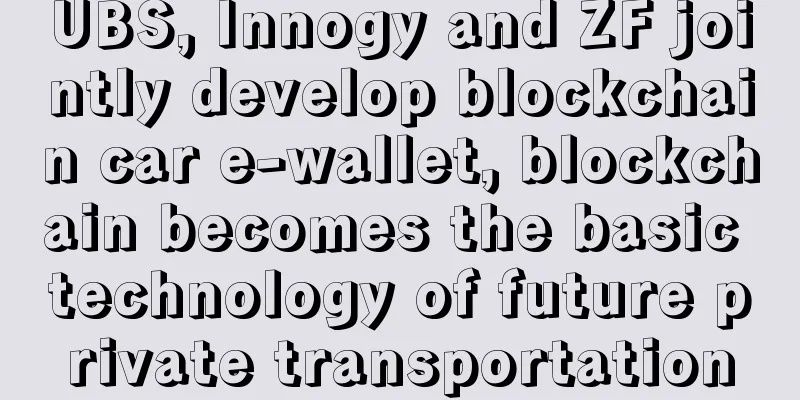What does Restaking bring to Ethereum?

|
The value cornerstone of Restaking is EigenLayer's AVS. From the perspective of block space economics, Rollup L2 abstracts the resale of Ethereum's block space, and AVS abstracts the sale of Ethereum's economic security. There is a theoretical assumption in the market that although Restaking increases the consensus load of Ethereum, the LRT project with a higher Staking yield can help increase the pledge rate and price of Ethereum and thus enhance the economic security of the main network. By observing Dune’s on-chain data dashboard, we can see that the above assumptions are somewhat inconsistent with the facts: The growth trend of ETH Staking net inflow brought about by the Restaking Fomo craze lasted for a short time. The time period was only from January 19 to February 13 this year, less than one month. Although the net inflow is still above the 0 axis, it is at the historical bottom range. The overall positive impact on ETH Staking is far less than that of the Shanghai upgrade. Over the past 24 years, the total number of Ethereum staking has increased from 29.206 million to 321.14, a growth rate of 10%. However, the slope of this growth trend is almost the same as that during the sideways bear market in Q3 2023. And January 24 is exactly the market adjustment period after the Bitcoin ETF was passed. It can be seen here that the PMF of the Restaking project is the high ETH-based passive income of Restaking + the market adjustment period. The correlation with the AVS narrative of EigenLayer is relatively weak. Restaking projects such as Etherfi and Renzo are eating up the new staking share of LST such as Lido and Rocket Pool. Currently, Restaking projects account for 40% of the new staking market share. Judging from the monthly changes, traditional Staking protocols and platforms such as Lido, Figment, Binance, and P2P.org are experiencing outflows, while Restaking protocols such as Etherfi and Renzo are experiencing significant net inflows. But it is worth noting that Figment and Binance are continuously investing in the primary market to incubate Restaking protocols, while Lido is passive due to the constraint of reaching the 1/3 Staking market share threshold. Therefore, Restaking can actually be seen as a siege jointly launched by the Restaking project and Lido competitors. In this process, Lido lost market share and gained ethical security within the Ethereum ecosystem. Figment and Binance are just transferring assets from one hand to the other, issuing assets in a bull market at the cost of losing some passive income. Etherfi is the first successful case. |
<<: Bitcoin consolidates above $70,000 as volatility falls
>>: Premium Cryptocurrency - Bitcoin will be more scarce than gold after halving
Recommend
Is it good to have a cinnabar mole on the inside of the arm? What does it mean?
Many people like the feeling of knowing the futur...
EIP-1559 will be launched next week. What benefits will it bring to Ethereum? What are the shortcomings?
Original title: "What EIP-1559 can and canno...
The fate of men with moles on their upper lips
Traditional physiognomy covers a wide range, among...
Palmistry diagram of lifeline, is bifurcation good or bad?
In palmistry, if you ask which palm line is the mo...
What does the fork in the middle of the lifeline mean?
If we spread out our palms, we will find many lin...
Why do squares appear on the fate line? What are the effects?
The fate line is a line that shows the rise and f...
Diamond face fortune telling diagram
Characteristics of diamond-shaped face <br /&g...
Is it good to have dimples? Analysis of the facial features of people with dimples
Is it good to have dimples ? In our lives, you mu...
What kind of facial features do girls have to seduce men?
There are many women in life who like to seduce m...
Is it good for a girl to have a high forehead? Analysis of the facial features of a girl with a high forehead
Many girls generally like to pursue the three-dim...
Is palmistry accurate? When should I go?
We all say that appearance reflects the heart. Wha...
Palmistry of a man's left hand
Men usually don't pay much attention to their ...
Trump's first day in office: Prioritizing the establishment of a national Bitcoin reserve?
The cryptocurrency industry has urged President-e...
What kind of face does a boy never change his mind?
What kind of face does a boy never change his min...
JPMorgan Chase: From shorting Bitcoin to joining hands with BlackRock
Remember when Jamie Dimon yelled that Bitcoin is ...









